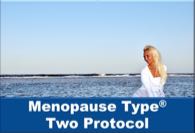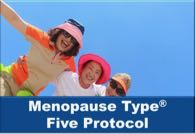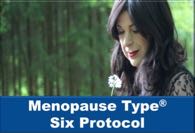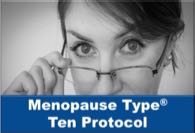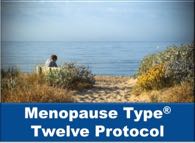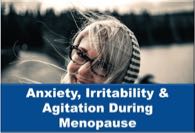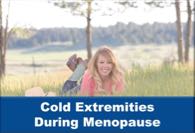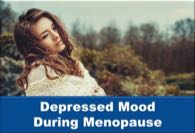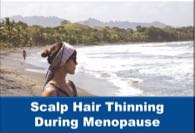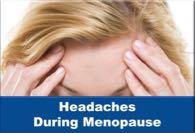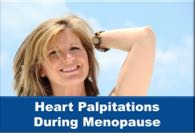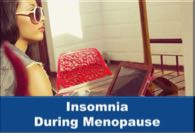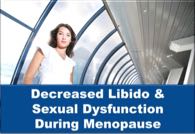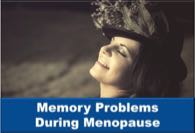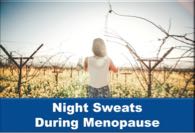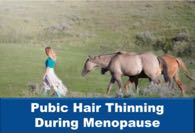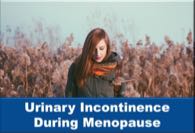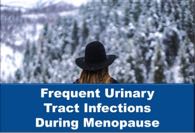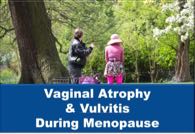
Menopause Protocols
Protocols for the 12 Menopause Types® & for Specific Menopause Symptoms
Since menopause is a natural transition that presents in a wide variety of symptoms (which is in large part due to the fact that there are actually twelve (12) different menopause types®) it is very important to treat each woman according to her own menopause type®. Treatment choices must first include diet, lifestyle, nutrition and herbal support with specific hormone health formulations. Then, hormone precursors and natural hormones in the form of bioidentical hormone replacement therapy could be considered.
These menopause protocols have been significantly expanded to provide more insights into customizing therapies for the unique needs of each woman. The first set of protocols is presented for managing menopause based on quantitative assessment, which measures the number - or quantity - of symptoms. The next set of protocols is presented for managing menopause based in qualitative assessment, which looks at the intensity of specific symptoms – those which greatly affect quality of life. Qualitative assessment will be discussed further down this page. The Hormone Health Guidelines provide a detailed description on how the get the best results from each of these protocols.
Quantitative assessment provides a very effective way of choosing protocols because the greater the number of symptoms there are specific to a certain hormone problem, then the more likely that that those symptoms can be improved by restoring the function of that hormone. Determining which hormone or hormones are not working properly can be determined by using the Menopause Type® Questionnaire. The questionnaire measures the number of symptoms that are associated with each specific hormone problem. As such, it is a quantitative assessment, because it measures the number - or quantity - of symptoms.
For instance; if a woman has 50% or more of the symptoms that would occur with low estrogen function, then EstroMend™, which was created to help estrogen work better, can relieve those low estrogen symptoms.
Similarly, if a woman has 50% or more of the symptoms that would occur with low testosterone function, then TestoGain™, which was created to help testosterone work better, can relieve those low testosterone symptoms.
Likewise, if a woman has 50% or more of the symptoms that would occur with low progesterone function, then ProgestoMend™, which was created to help progesterone work better, can relieve those progesterone symptoms.
In those cases where a woman has symptoms of too much testosterone, then the questionnaire helps the woman choose TestoQuench™ for Women.
It is important to first use the Menopause Type® Questionnaire to determine Menopause Type®, and quality of life, because qualitative assessment can also help determine risk for disease. The more symptoms a woman has of a certain hormone imbalance the more likely that other parts of the body are also being affected – even though she cannot “feel” it. Hormone deficiency (or excess), will affect the health of bone, heart, brain, immune system, etc long before the effect can be felt.
Qualitative assessment means looking at the intensity of specific menopause symptoms and addressing those which most greatly affect quality of life. The protocols for specific menopause symptoms in this section can be used to get rid of those “stubborn symptoms” that are most bothersome. For instance, in some rare cases a woman may find that after following the protocol for her Menopause Type® that all of her symptoms went away within one month, except for one symptom. The following protocols allow her to focus on that one symptom.
Again, it is important to first use the Menopause Type® Questionnaire to determine Menopause Type® because qualitative assessment can also help determine risk for disease (as discussed above). While additional Don quai can help get rid of a “stubborn symptom” like vaginal dryness, it will not protect the rest of the body the way that EstroMend™ does.
By first treating your Menopause Type®, you will not wind up “chasing symptoms”. For best results use these protocols for specific menopause symptoms after treating your Menopause Type®. In the vast majority of cases, women do not need these protocols for specific menopause symptoms if they follow the Hormone Health Guidelines and the appropriate Menopause Type® protocol. None-the-less, they will be provided to help give personalized care for all women.
Protocols for Specific Menopause Symptoms


